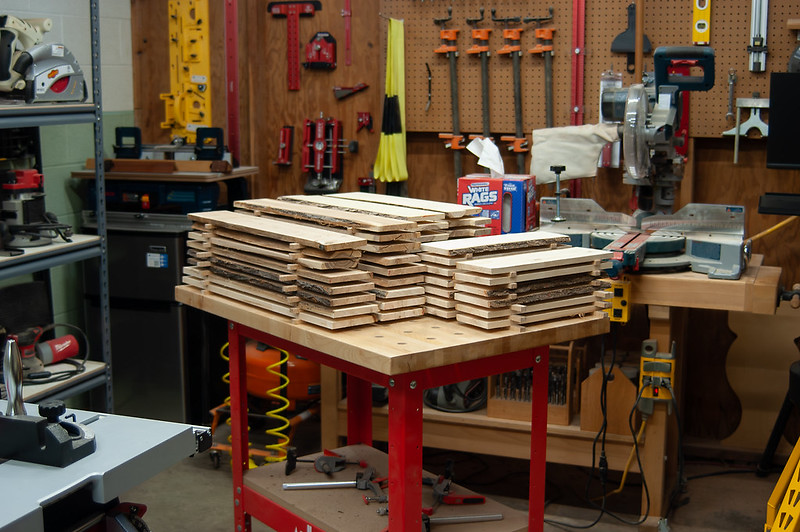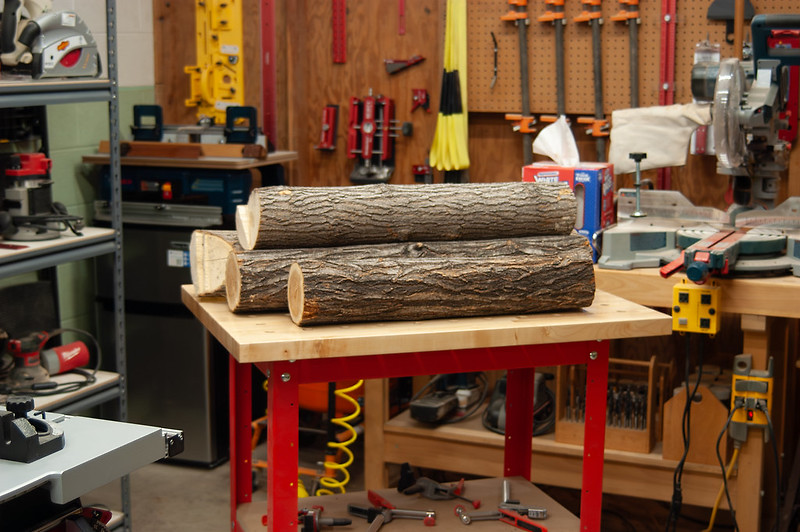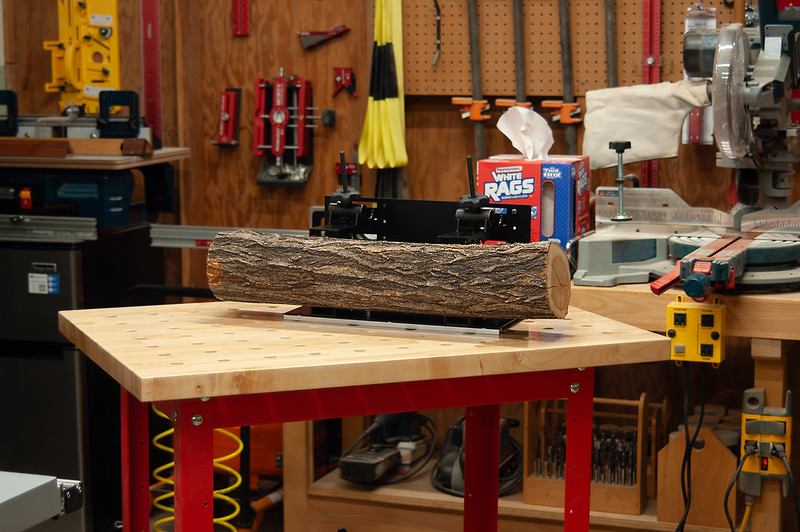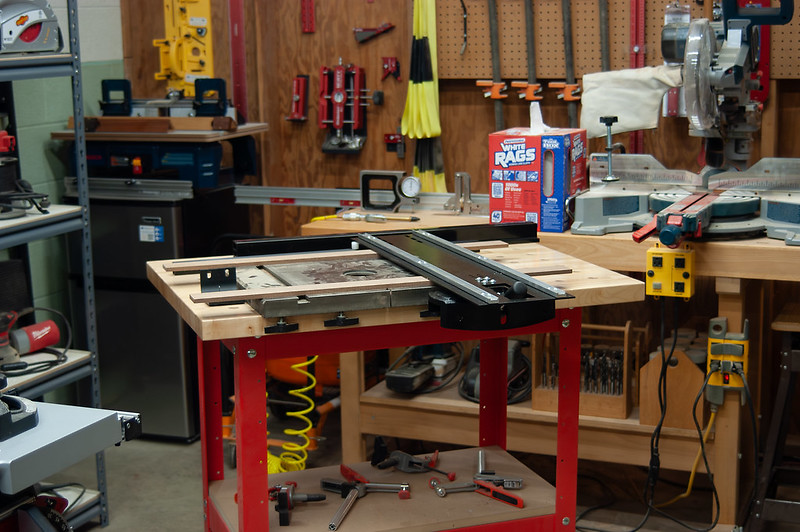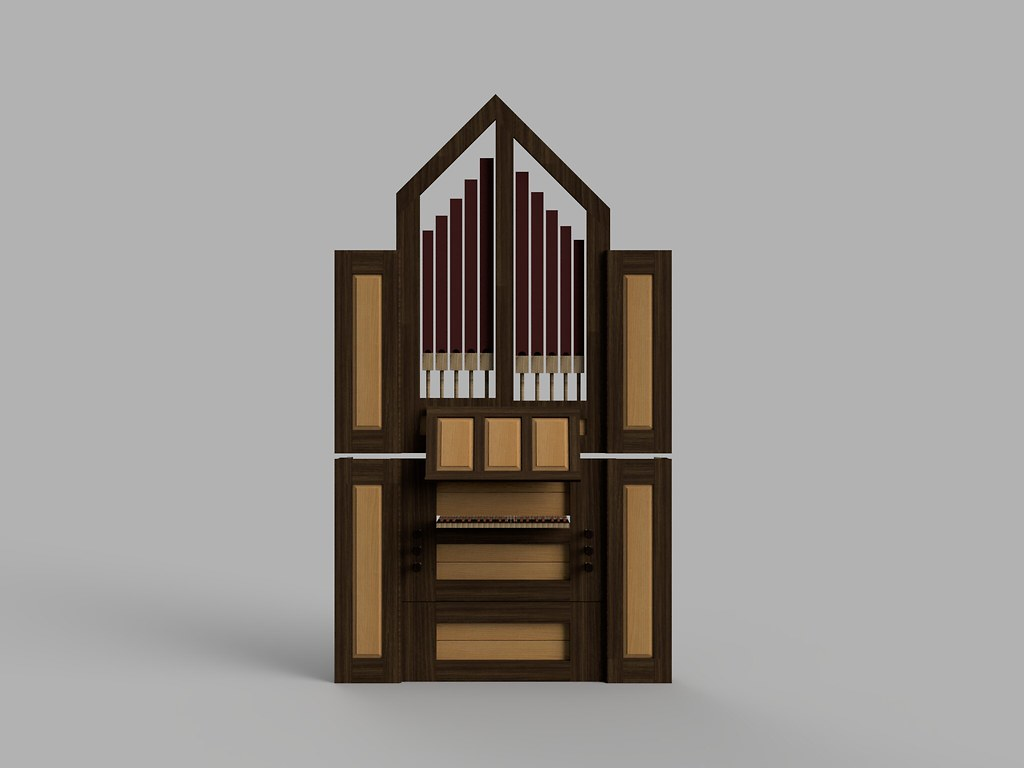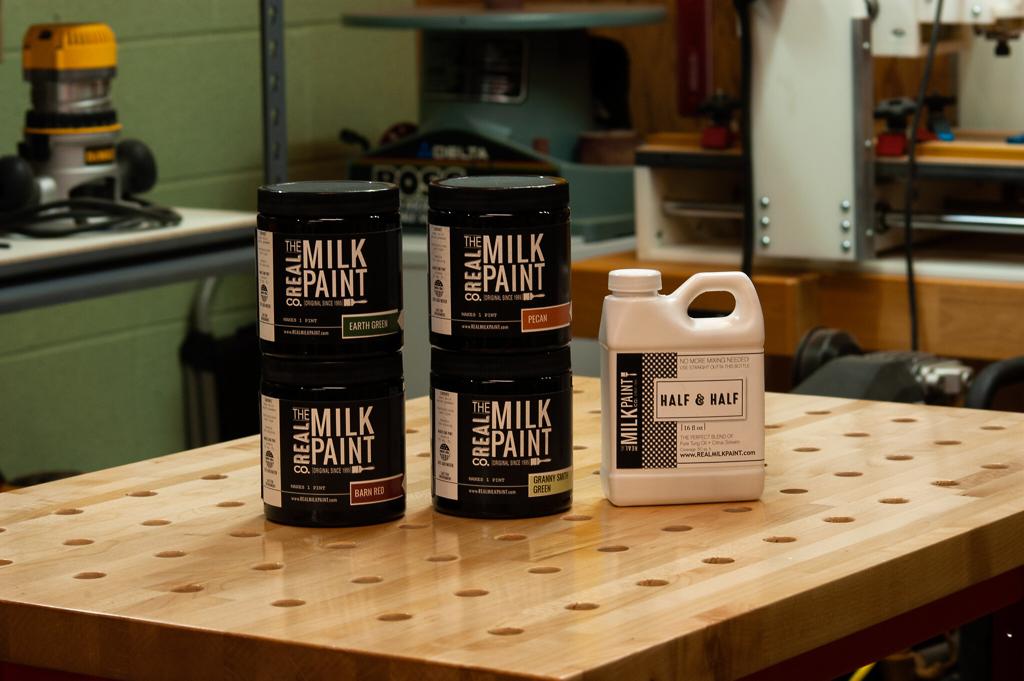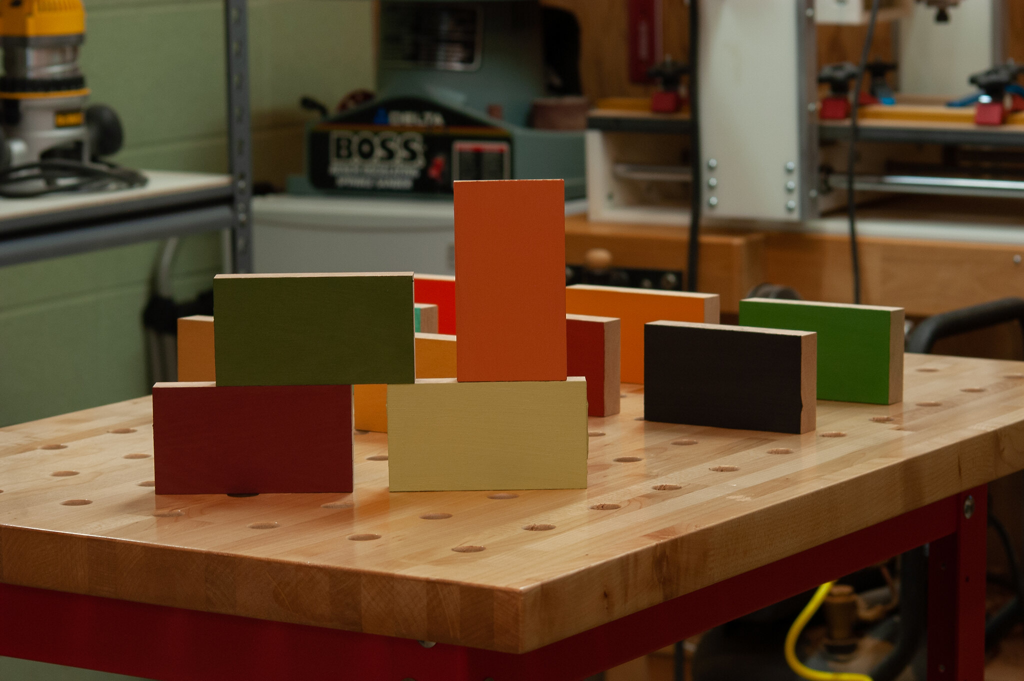A Message from Jayne
![]() September 30, 2025 18:52
September 30, 2025 18:52
This is the eleventh post published to a blog where I conduct a design study that conceptually builds a very real church here in Minneapolis, an organ they didn't ask for, using pipes taken from their existing mid-industrial era gallery organ. This design study provides me with the opportunity to develop, if only on paper, an example of my 43-note continuo for a space I am familiar with, using material I am familiar with. I was an organist there for eight years.
If you are new to my project, start here and work your way up.
As I wrote in my first post, the organ belonging to that church was an early twentieth-century industrial-era instrument with no upperwork on two manuals and pedal, not counting a mixture stop added later, though one that hardly produced a cohesive plenum. With a congregation and liturgy far removed from the symphonic-industrial era of pipe organ building, I employed coupler gymnastics to lead hymns and play improvisations. I used seven stops at most to craft a tonal design similar to the one-manual chamber organs I built as an independent builder.
When I began writing this blog project, I reached out to one of the cantors I worked with. Her name is Jayne, and she was an undergraduate music major during her time at the church. With her permission, here is what she had to say about the organ.
"Singing at St. Lawrence was my first time working with any organ, and I loved it. Organ was always one of my favorite instruments as a kid (but my parents told me I had to pick something smaller, so we did violin instead). I still love listening to organ music. I love the repertoire, how different performers play the same piece, and how every organ sounds different.
As for the organ at St. Lawrence, it was definitely my favorite. It had an intimate sort of sound that filled the space without overwhelming it. In later years, I had opportunities to sing at churches with larger organs. As impressive as they were (especially one large one in California that had a beautiful variety of stops), the St. Lawrence organ was always my favorite to sing with and the one that felt most like making chamber music."
Jayne nails it. I registered the St. Lawrence instrument as if it were one of my own, musical and straightforward. What Jayne describes in her reply advocates for my 43-note continuo, which defines a new design concept. An instrument whose sound invites, is cost-sustainable, and evolves tradition.
This post is a departure from my usual writing, where I discuss the design of a specific 43-note continuo as it evolves. Jayne's recent reply provided not only a reason to take a break, but also an affirmation that this project, if only on paper, is definitely worthwhile.
Posted September 30, 2025 18:52
Add Your Comment
Reuse and Recycle: The Story of a 43-Note Build
by Steve Panizza
Recent Blog Entries
Archive
